
The High Country of Colorado is known for having a dynamic and complex snowpack that can pose significant avalanche hazards. Golden Mountain Guides AIARE 1 Avalanche Education Course is a foundational step in developing the skills and awareness necessary to enjoy backcountry activities more securely.
It provides the knowledge and tools to make well-informed decisions and respond effectively to the challenges posed by avalanche terrain.
Avalanche terrain can pose significant risks to individuals who venture into the backcountry. Understanding the basics of avalanche safety, including recognizing potential avalanche terrain, learning about the mountain snowpack, and knowing how to use avalanche safety equipment, can help minimize the risk of avalanche accidents and increase your overall security in the mountains.
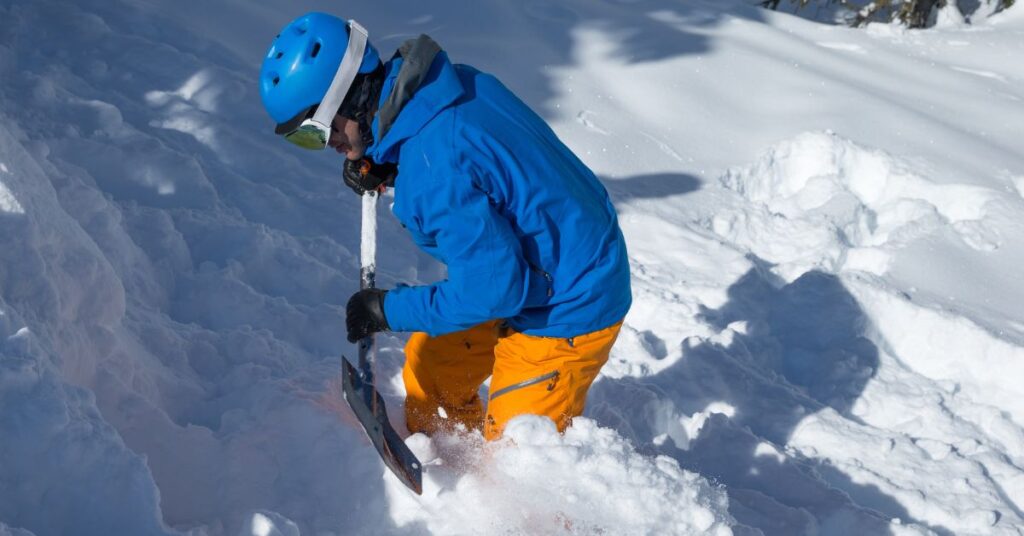
The increasing popularity of avalanche education is a positive trend as it contributes to safer practices in the backcountry during winter and springtime. It empowers many individuals to make informed decisions, enhances their ability to assess and manage risks, and fosters a culture of safety within the outdoor recreation community.
Completing an AIARE 1 course prepares individuals for more advanced levels of avalanche education and to provide the foundational knowledge and skills necessary for pursuing further education.
The class provides essential knowledge on decision-making in and around avalanche terrain. Participants learn to make informed choices about route selection, monitoring slope angles in the terrain, and when to avoid or mitigate potential avalanche hazards. This education is crucial for anyone who plans to engage in backcountry activities like backcountry skiing & splitboarding, ice climbing, and or mountaineering.
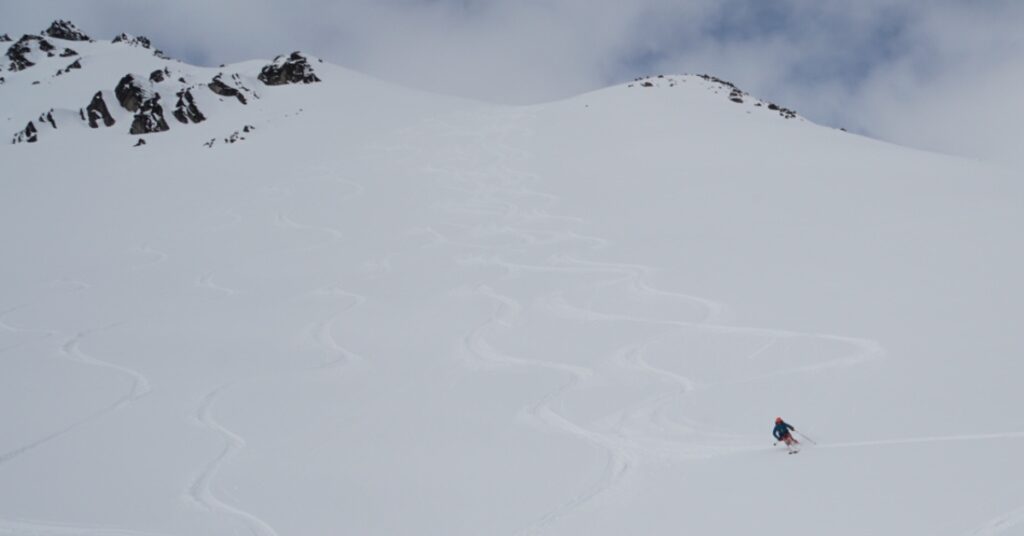
With GMG’s effective teaching methods, practical in the field training, and teamwork exercises, the learning process is more engaging and relevant, expanding students’ knowledge base and skill set. Risk management in backcountry skiing is an ongoing and dynamic process that involves a combination of education, preparation, communication, and adaptability. Sound risk management prioritizes the security of the team while allowing for the enjoyment of the unique and rewarding experiences the backcountry has to offer.
GMG’s Avalanche Courses include hands-on training in avalanche rescue techniques. This includes using avalanche transceivers, avalanche probes, and collapsible snow shovels to locate and rescue buried practice targets. Being prepared for rescue situations is vital, as prompt and effective response can make a significant difference in the outcome of an avalanche incident or involvement.
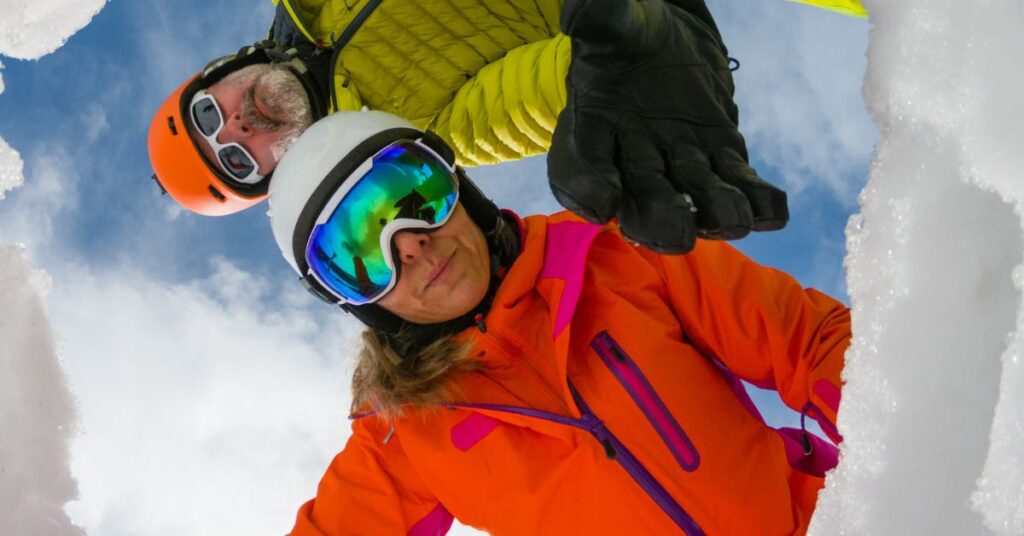
Avalanche risk assessment is a crucial skill for anyone venturing into backcountry areas in winter. Proper education, such as thorough avalanche safety courses, is essential to understanding and managing this risk effectively. Human activities in avalanche terrain can and will increase the risk. Factors such as group size, terrain choices, and decision-making skills all play a role. Avalanche risk assessment includes considering how human actions may contribute to or mitigate the overall risk.
Taking a Level 1 Avalanche Class fosters a sense of community among backcountry enthusiasts. It allows participants to connect with others who share similar interests, goals, and concerns about maintaining a high safety margin while traveling in the backcountry. Additionally, the course emphasizes the importance of being prepared with the right equipment and knowledge before heading into avalanche terrain.
Planning routes, assessing avalanche risk, and navigating the terrain require a set of skills that promote self-reliance and decision-making. This sense of independence is rewarding for many enthusiasts. In many outdoor recreation communities, there is a culture of safety and responsible decision-making. As individuals see their peers pursuing avalanche education, there is often a positive influence and a community-driven emphasis on staying informed and prepared.

Some individuals may require an AIARE 1 to enter a hut trip and/or be required by insurance providers or outdoor educational organizations to undergo avalanche education to participate in certain activities. This requirement reflects the recognition of the importance of being prepared and knowledgeable in avalanche terrain.
The instructors at GMG are professionals at facilitating an open dialogue, sharing of knowledge and field observations, teaching and assisting with snowpack tests, and collectively make group decisions based on the information available to the team of Backcountry travelers. Backcountry travel often involves hiking or skinning uphill to reach the desired ski and or climbing terrain. This adds a physical challenge to the experience, contributing to a sense of accomplishment, fulfillment, and fitness.
Current and recent weather conditions play a significant role in the assessment of avalanche risk. Heavy snowfall, rapid temperature changes, strong winds, and other weather factors can influence the stability of the snowpack. Monitoring weather forecasts are crucial for understanding potential avalanche hazards. An unstable snowpack poses a significant avalanche risk, and backcountry travelers venturing into avalanche-prone terrain should be able to recognize and communicate the signs of instability, understand the factors contributing to it, and make informed decisions about travel and team security.
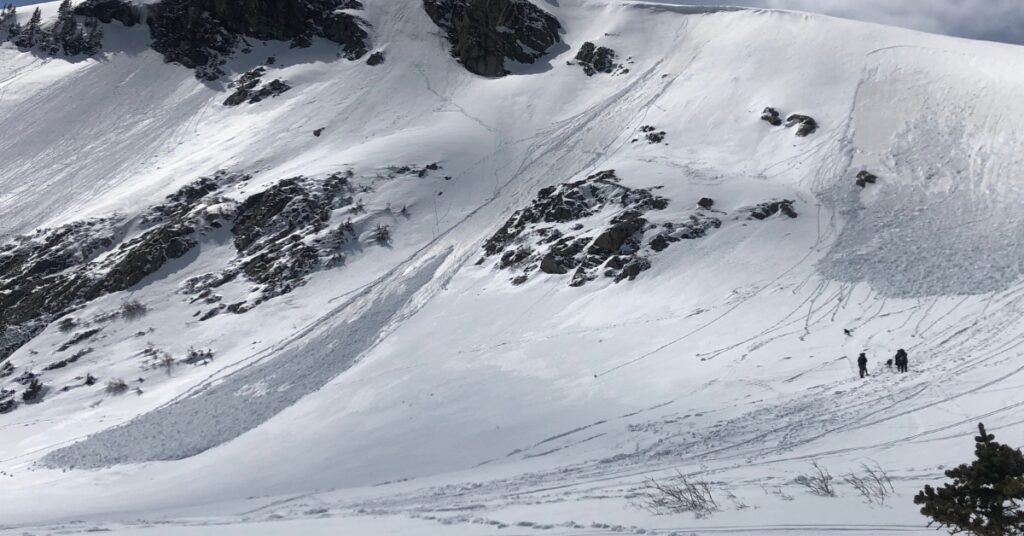
Avalanche education and training are crucial for developing the skills needed to assess snowpack stability and minimize the risk of triggering avalanches. The absence of crowds means that backcountry travelers can find untracked slopes, offering a unique and exhilarating riding experience. Backcountry skiers and riders have the opportunity to experience pristine, untouched powder snow.
The condition of the snowpack is a critical factor in managing avalanche risk. Several factors contribute to the dangerous nature of the snowpack in Colorado, making it crucial for individuals engaging in backcountry activities to be aware of these elements. Changes in temperature, recent snowfall, wind patterns, and the presence of weak layers within the snowpack can affect its stability.
Over time, snow accumulates in layers due to various weather conditions. Changes in temperature, wind, and precipitation can create different types of snow layers with varying characteristics. If these layers do not bond well with each other, it can result in an unstable snowpack. A weak layer under a cohesive slab of snow can create conditions conducive to avalanches. Unstable snowpacks often have weak layers within them. These weak layers can be composed of facets, depth hoar, or other forms of loose, poorly bonded snow crystals.
The presence of persistent weak layers, such as depth hoar or faceted crystals, is a common issue in the Colorado snowpack. These weak layers can persist for extended periods and become potential triggers for avalanches when subsequently loaded with additional snow. These weak layers may not support the weight of the overlying snow, creating a potential sliding surface for avalanches.

Backcountry winter time travel allows for exploration of new and less-traveled terrain, often taking place in less crowded and more remote areas compared to resort skiing. This provides a sense of serenity and solitude, allowing backcountry enthusiasts to connect with nature and enjoy the peacefulness of the mountains. Backcountry travelers can venture into remote areas, discovering hidden valleys, untouched slopes, and stunning landscapes. The sense of adventure and exploration is a significant reward for many backcountry skiers and or riders. Most Backcountry travelers appreciate the opportunity to engage in environmentally responsible practices. This includes adhering to Leave No Trace principles and minimizing the impact on natural landscapes.
While it’s challenging to quantify the ROI(return on investment) in monetary terms, the avoidance of accidents, improved safety, and a richer backcountry experience contribute significantly to the overall value of avalanche education. The true return on this investment is the preservation of life, prevention of injuries, and the ability to enjoy outdoor activities responsibly and confidently. Individuals considering backcountry pursuits should view an avalanche education course as a crucial and worthwhile investment in their security and well-being.
We believe backcountry skiers and riders should prioritize safety, continuously educate themselves, and be well-prepared with the right equipment, skills, and knowledge before venturing into the backcountry. Without proper avalanche education, skiers and riders may lack the skills to assess avalanche terrain, recognize warning signs, and respond effectively in case of an avalanche. Avalanche education, such as taking an AIARE 1 Avalanche Course, is crucial for backcountry travel in a complex winter environment.
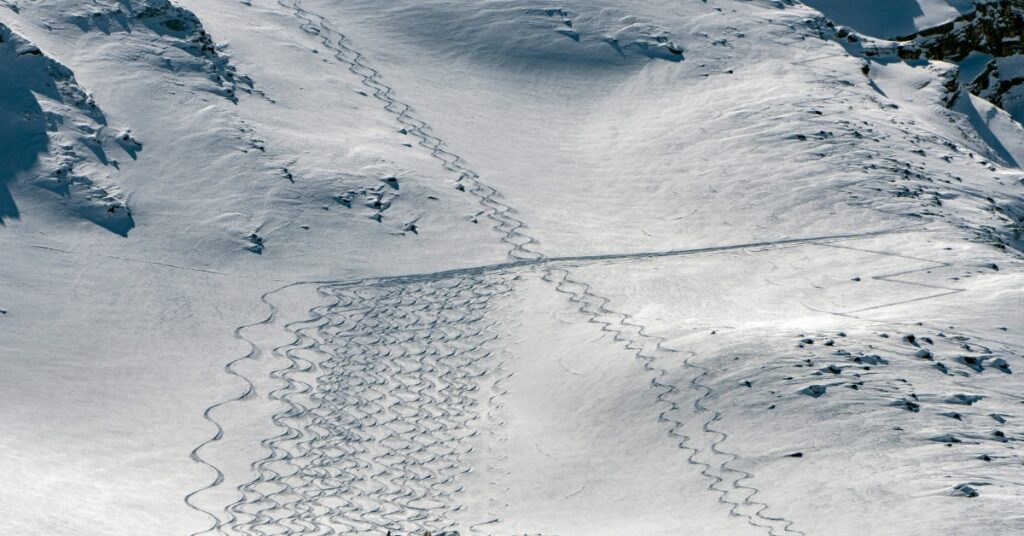
We encourage you to prioritize your safety and the safety of others by investing in proper avalanche education and expanding the quiver of the avalanche skills that are needed when roaming around the snowy wintery mountains of Colorado. Completing an avalanche education course equips individuals with the fundamental skills and knowledge necessary to make informed throughout decisions, assess the risks the mountains present, and navigate securely in avalanche-prone environments.
Ongoing education and practical experience are essential for reinforcing these learning outcomes and promoting a backcountry culture of safety in the mountains and for all of the community to enjoy!
When considering hiring a mountain guide, it’s essential to assess your guide’s qualifications, experience, and certifications. AMGA certification is a recognized standard in the industry, providing assurance that your guide has met rigorous training requirements and is equipped to guide in the mountains, which leads to solid memories and enjoyable adventures. See you on the trail!

Joe Thompson
American Mountain Guide | IFMGA Guide
Golden Mountain Guides
joe@goldenmountainguides.com


Content Copyright © 2024 of Golden Mountain Guides. All rights reserved. | Privacy Policy | Site Map